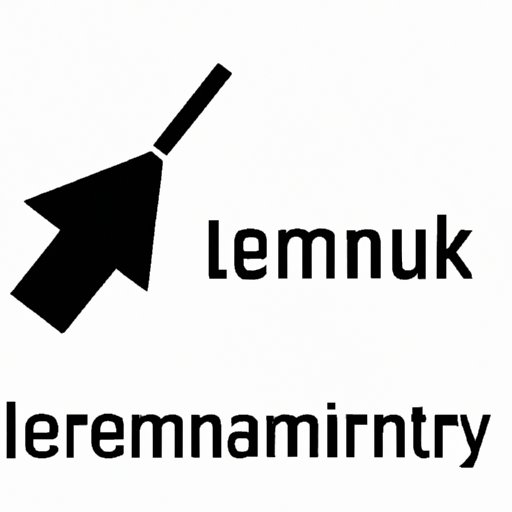
I. Introduction
Welcome to the ultimate guide to changing directories like a pro in Linux. This article aims to help you navigate the Linux filesystem with ease and efficiency. Whether you’re a beginner or a seasoned Linux professional, you’ll find plenty of tips and tricks to help you improve your directory navigation skills. So, let’s get started!
II. Linux 101: The Ultimate Guide to Changing Directories like a Pro
In Linux, a directory is the equivalent of a folder in Windows. It’s a container that holds files and other directories. The CD command is used to change directories in Linux. It stands for “change directory.”
When you’re working in the Linux terminal, you can use either absolute or relative paths to navigate directories. An absolute path specifies the complete path to a directory from the root directory. Whereas, a relative path specifies the path to a directory relative to the current directory.
Here are some tips to help you navigate directories more efficiently:
- Use the Tab key to auto-complete file and directory names.
- Use the up arrow key to recall previously typed commands quickly.
- Use the pwd command to print the current working directory.
III. Get Familiar with Linux Terminal Navigation: A Beginner’s Guide to Changing Directories
The Linux terminal is a command-line interface that allows you to interact with the operating system using text commands.
Here are some basic commands for the terminal:
- ls – List the contents of the current directory.
- cd – Change the current working directory.
- mkdir – Create a new directory.
- rm – Remove a file or directory.
The CD command is used to change directories. To change to a directory called “Documents” in your home directory, type:
cd ~/DocumentsIV. Navigating the Linux Filesystem: How to Change Directories Efficiently
The Linux filesystem is hierarchical, with the root directory at the top of the hierarchy. Directories are arranged in a tree-like structure, with each directory containing files or other directories.
Here are some rules for navigating and changing directories:
- To move up one directory, use the command:
cd .. - To move to the home directory, use the command:
cd - You can also use the tilde (~) character to represent your home directory.
Here are some common directory commands and their uses:
- pwd – Prints the current working directory.
- ls – Lists the contents of the current directory.
- cd – Changes the current working directory.
- mkdir – Creates a new directory.
- rm – Removes a file or directory.
V. The Easy Way to Change Directories in Linux: Tricks and Tips for Navigating the Terminal
Here are some advanced tips and tricks for efficient terminal navigation:
- Use aliases and shortcuts to simplify directory navigation.
- Use the pushd and popd commands to create a directory stack.
- Use the history command to view previously entered commands.
There are various GUI-based tools available for directory navigation such as GNOME Files, Nautilus, and Dolphin. They provide a graphical interface that allows you to navigate directories visually.
VI. Master the Art of Changing Directories in Linux: A Step-by-Step Guide with Examples
Let’s walk through some examples of various directory navigation commands. First, let’s assume that we’re currently in the home directory:
cd ~We can change to the Documents directory in an absolute way using:
cd /home/user/DocumentsWe can change to the Desktop directory in a relative way using:
cd ./DesktopThis approach assumes we’re starting from the home directory.
VII. Conclusion
Congratulations! You now have a better understanding of directory navigation in Linux. We’ve covered the basics of the CD command and how to use absolute and relative paths. We’ve also provided tips and tricks for efficient directory navigation. Don’t be afraid to experiment with different directory navigation techniques and tools.
As always, if you have any questions or comments, please leave them below.




